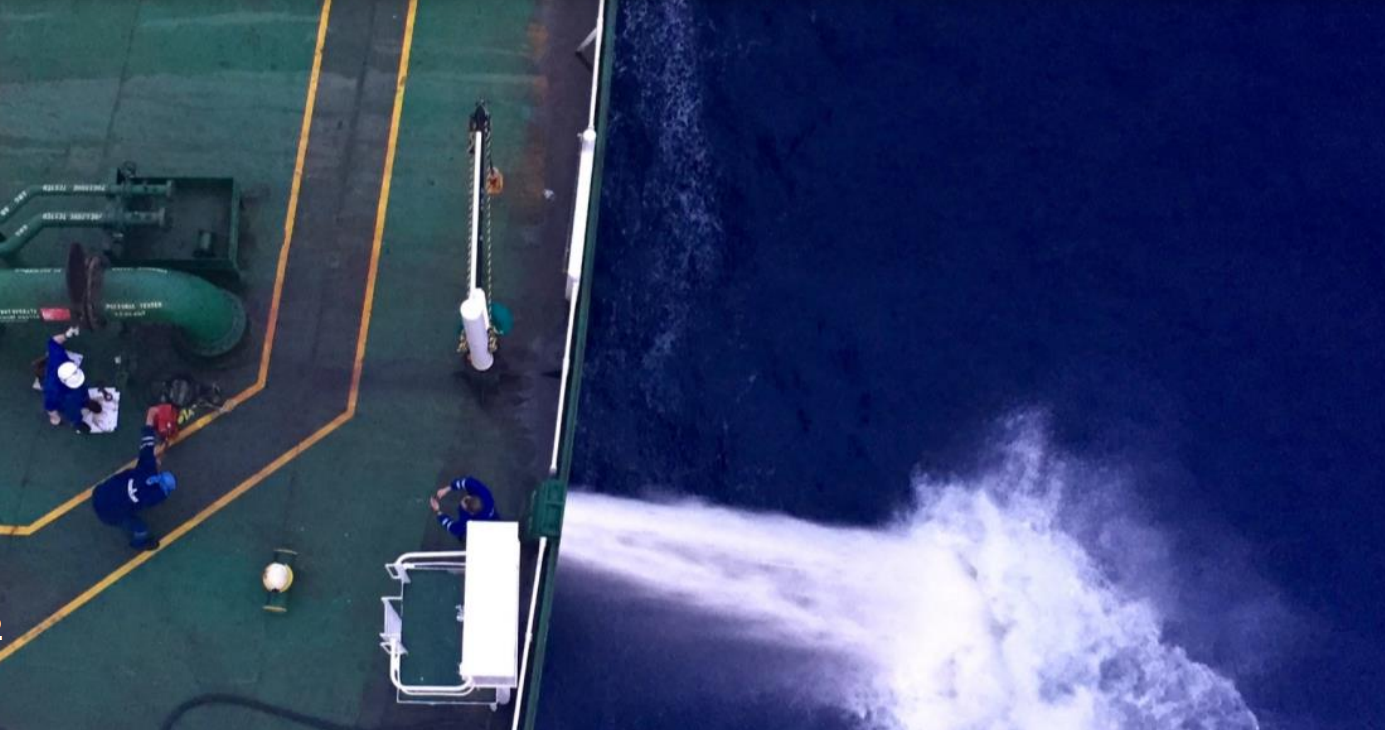What should shipyards, shipowners and operators do now?
For new building projects, shipyards, shipowners and operators should be aware that if delivery of the vessel is on or after 1 June 2022, then commissioning testing needs to be completed fully in accordance with BWM.2/Circ.70/Rev.1, even if the system has been partially installed and/or commissioned before 1 June 2022. The same also applies to existing ships where the BWMS installation survey is due to be completed on or after 1 June 2022.
Background
From 1 June 2022, amendments to the BWM Convention, regulation E-1, come into force, published in IMO Resolution MEPC.325(75). These amendments mandate the commissioning testing of BWMS during initial surveys for new construction projects and during BWMS installation surveys on existing ships (i.e. what the Convention calls additional surveys).
IMO guidance
The IMO has also published a Uniform Interpretation of regulation E-1, in BWM.2/Circ.66/Rev.2. This clarifies that, if the initial or additional survey is completed on or after 1 June 2022, the commissioning testing of individual BWMS should be conducted in accordance with ‘2020 Guidance for the commissioning testing of ballast water management systems’ (BWM.2/Circ.70/Rev.1). If the initial or additional survey is completed before 1 June 2022,
the commissioning testing of individual BWMS remains subject to the specific requirements of the flag Administration(s).
Prior to the Convention amendments coming into force, some flag Administrations already mandate commissioning testing, such as Australia, Cyprus, Greece, India, Panama, Singapore and Tuvalu. Commissioning testing, done in accordance with BWM.2/Circ.70/Rev.1, is also already mandatory for all new construction projects of ships registered with a flag Administration of an EU/EEA member state. Other flag Administrations recommend early implementation of the commissioning testing requirements, e.g. Bahamas and Liberia.
Service suppliers
The IMO’s ‘Guidance for the commissioning testing of ballast water management systems’ (BWM.2/Circ.70/rev.1) includes a requirement that “the collection and analysis of the representative samples should be independent of the BWMS manufacturer or supplier and to the satisfaction of the Administration”. Where the vessel’s flag Administration has mandated the application of BWM.2/Circ.70/Rev.1.
Changes to IBWM Certificate
Resolution MEPC.325(75) also includes a small change to the format of the International Ballast Water Management Certificate. The change will enable other methods of compliance to be shown on the certificate; such as discharge of ballast water to a reception facility (Reg. B-3.6), or uptake and discharge of ballast water in the high seas or the same location (Regs. A-3.4 and A-3.5)
Source: Lloyd’s Register


I have read your article carefully and I agree with you very much. This has provided a great help for my thesis writing, and I will seriously improve it. However, I don’t know much about a certain place. Can you help me?
At the beginning, I was still puzzled. Since I read your article, I have been very impressed. It has provided a lot of innovative ideas for my thesis related to gate.io. Thank u. But I still have some doubts, can you help me? Thanks.
Thank you for your sharing. I am worried that I lack creative ideas. It is your article that makes me full of hope. Thank you. But, I have a question, can you help me?
Your point of view caught my eye and was very interesting. Thanks. I have a question for you.
Can you be more specific about the content of your article? After reading it, I still have some doubts. Hope you can help me.
Your point of view caught my eye and was very interesting. Thanks. I have a question for you.
Can you be more specific about the content of your article? After reading it, I still have some doubts. Hope you can help me.